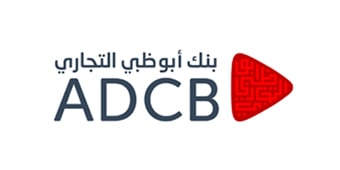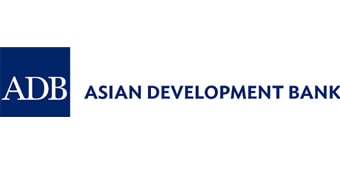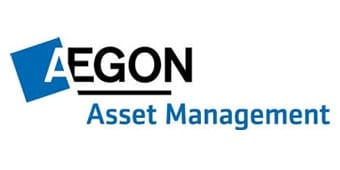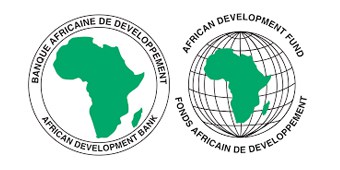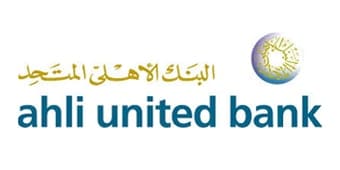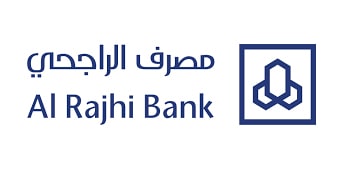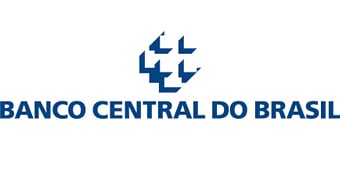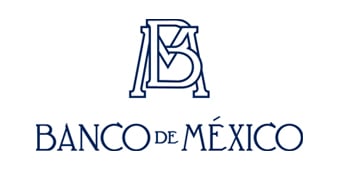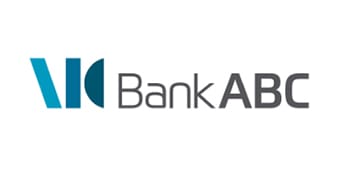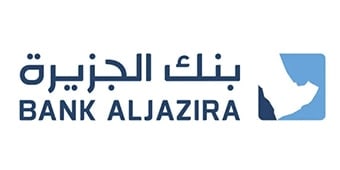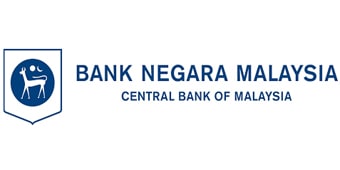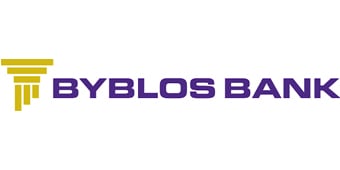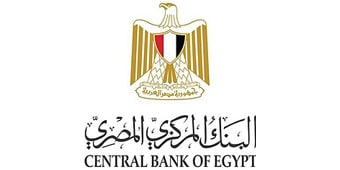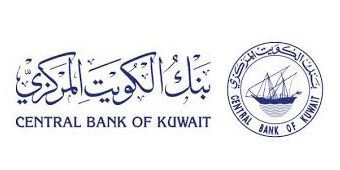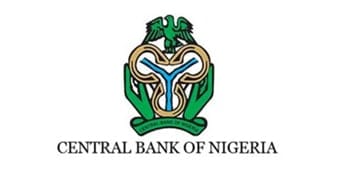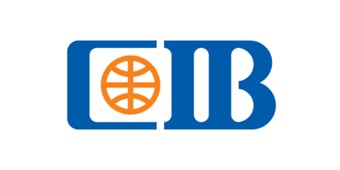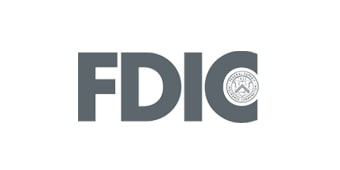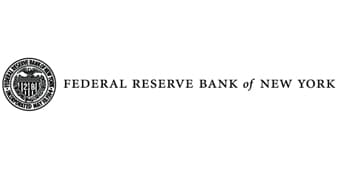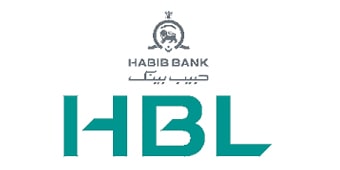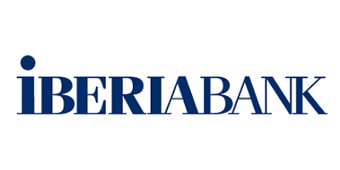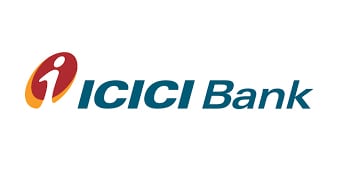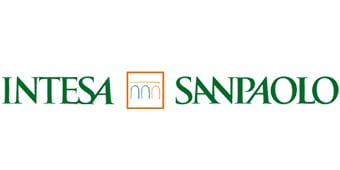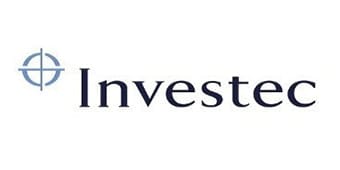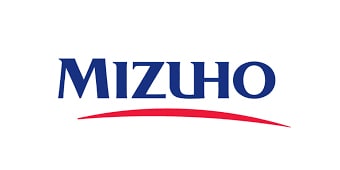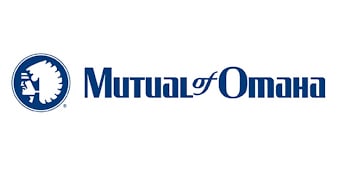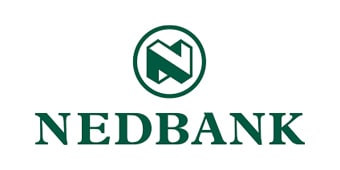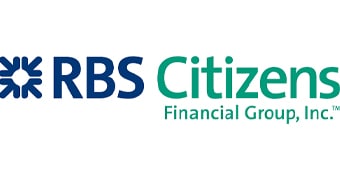
11 Jan The Risk Reward Predictions for 2022
The Risk Reward Predictions for 2022
We start another year of COVID and there can be no doubt that throughout 2022 new variants of the virus will continue to make waves leading to further disruption.
What will this mean for risk management?
There are several other really worrying trends to consider carefully. The first of these are the risks of rising interest rates. The yield curve is indicating that there is a reasonable likelihood of interest rate rises globally in 2022, with this being almost certain if you are looking at 2023. Will this represent the start of a long-term trend of increasing interest rates? We indeed expect an expectation of increasing interest rates year on year for at least the next decade.
Then there are the problems caused by the increased level of debt. Government debt is at record levels, but also corporate debt levels are high. Interest rate increases will make the funding of this level of indebtedness an increasing problem.
Another major theme for 2022 will be inflation. Inflation identifiers are always difficult to interpret due to the nature of the way that they are calculated. Movements in oil and gas prices, for example, can have a major impact on inflation. However, all of the risks regarding inflation appear to be on the upside.
There is also an increase in political risk as we have left 2021. Tensions exist in many parts of the world that have the ability to derail the global economy or at least further disrupt supply chains.
These are just a few of the underlying issues that anyone in risk should consider. The objective of risk management is to ensure that the risk appetite framework delivers the goals and missions of the organisation even under stress-based scenarios. We are in such a scenario now, that is the extended pandemic, but there is an elevated risk of further risk-based scenarios occurring in 2022.
Expectations for Interest Rates
Our central expectation is that US interest rates will rise by 50 base points in 2022. That is based on our interpretation of the yield curve and also the mood music in the financial press. We would be surprised if the rates rise exceeded 125bp, but we would also be surprised if interest rates did not rise at all. The combination of the inflation position and the indebtedness position render interest rate increases more likely than not.
This will be catastrophic for the long-dated fixed income market which is likely to suffer in 2022. It will become increasingly difficult for sovereign nations or companies to issue long-dated fixed rate paper and the natural hedging instruments will dry up during the year. Whilst it is hard to pinpoint the exact date when this will occur you will be able to identify when the second interest rate rise occurs in the US markets and the impact on the yield curve.
Another consequence of this is likely to be that short, dated instruments, those with an original tenor of less than a year, will become the issuance instrument of choice. The consequence of this is that duration for fixed income portfolios will reduce to little more than money market running the risk of a major sell off in long dated securities.
Expectations for Equities Markets
As there is likely to be a reduction in demand for fixed income securities and as the return on these assets is lagging the inflation indicators at present, there is likely to be continued demand for equities, particularly large and potentially defensive equities. Given the absence of real return in money market instruments together with the disturbance to the repo market in Europe as a consequence of new regulation, it may well be that the equity market continues growth regardless of economic fundamentals.
Estimating this growth with the elevated level of uncertainties is always difficult. However, our central expectation for 2022 is an increase in the Nasdaq of around 12% and an increase in the FTSE 100 of around 9%. Both markets we expect to provide robust returns. Asian markets may well outperform these indices and European markets we expect to underperform. However, this is not an easy time to assess future expectations with any degree of certainty and again it will be important to keep a close watch on key indicators.
Oil and Gas
At present the fundamentals for both oil and gas point to an increased likelihood of price reductions in 2022. The reader is well aware of the level of volatility in these assets as well as the impact of ESG issues on investment intentions. Based on pure supply and demand analysis it is easy to see a scenario which would lead to oil and gas prices reducing by 50% during 2022. Yet whether this is actually likely to happen depends upon a range of factors including the political will to reduce prices and also to continue to curb demand.
Our central expectation is that there will be a reduction in oil and gas prices during 2022, but that at the end of the year prices will be only 15% lower than there are currently. We would not be surprised if there were to be significant volatility throughout the year, so positions will need to be hedged carefully and again risk indicators closely monitored.
Liquidity Risk
We see risks on liquidity risk on the upside and anticipate this becoming a major issue during 2022. The store of high-quality liquid assets that firms are holding as their liquidity buffer are likely to be impacted by the tailwinds of changing interest rates. We are concerned that the regulations in this area are designed primarily for an interest rate declining environment. Our concern is that they could easily be counterproductive in an interest rate rising environment.
The consequence of this is that liquidity of certain assets is likely to become a difficulty in the course of the year. The 2007/8 crisis certainly had major impacts of the securitised debt markets, rendering such assets unwanted and collapsing their prices. This style of event could easily recur in 2022 (and if not in 2023). Higher risk instruments need to be identified to be used as warning signs that such an event is occurring. Recognise that indicators do not need to only relate to the assets you hold, other assets could tell you more about what is to come.
But there is another liquidity risk to consider – the impact of the level of government indebtedness on the global free cash market. An increasing percentage of this will be needed to support major industrialized company debt and to maintain credit ratings. The concern about the sustainability of this long-term needs to be factored in and will become an increasing concern as we move into the second part of 2022.
Summary
It seems that 2022 will be another difficult year, but one in which the true impacts of the last few years decisions will emerge into clear focus. We are suggesting both upsides and downsides, as they all with all risks. It is more important than ever for firms to undertake more scenario modelling and stress testing understanding how causes drive activity in so many sectors and risks. 2022 will be a year where quantitative and economic modelling will be critical for all risk teams to undertake. As risk specialists you should enjoy yourself in 2022 – take those risks and reap the rewards but keep looking over your shoulder to make sure you are not missing something.
January 10, 2022
Dennis Cox
CEO, Risk Reward Ltd





